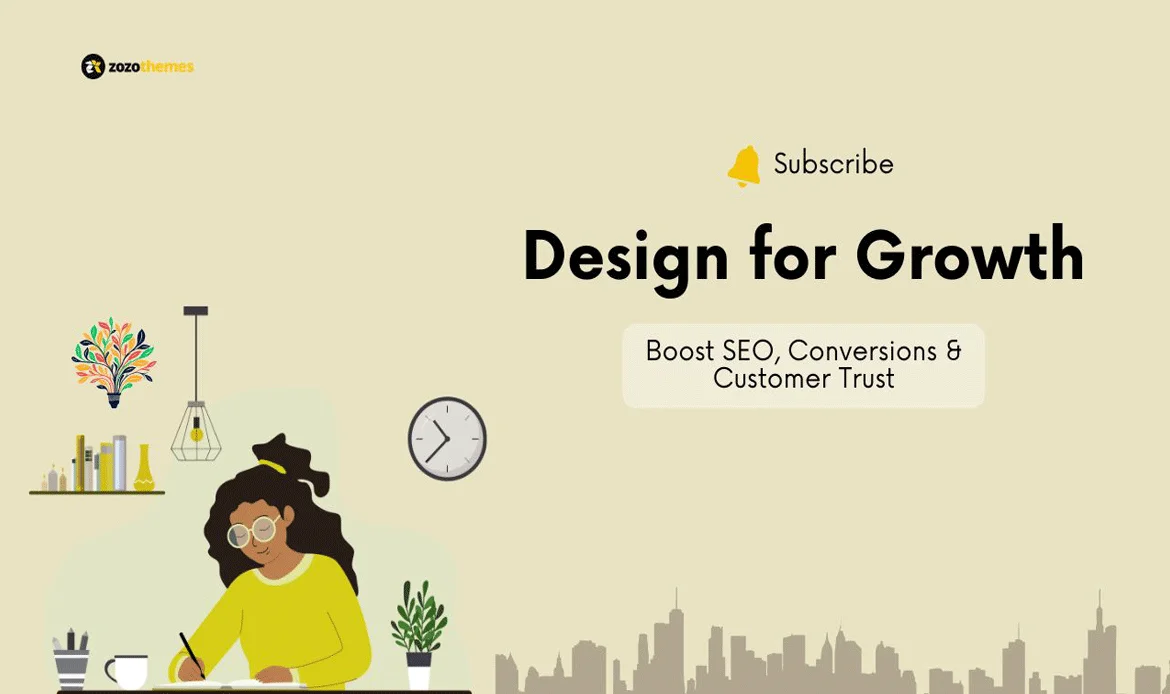Design for Growth is the foundation of building websites that not only look great but also perform exceptionally in search rankings, drive higher conversions, and earn lasting customer trust. In a competitive digital landscape, user-friendly web design, fast-loading pages, and strategic SEO practices work together to create a website that attracts, engages, and converts visitors. This guide will explore practical strategies to design for growth while maximizing your online impact.
1. Why Growth-Driven Design Matters
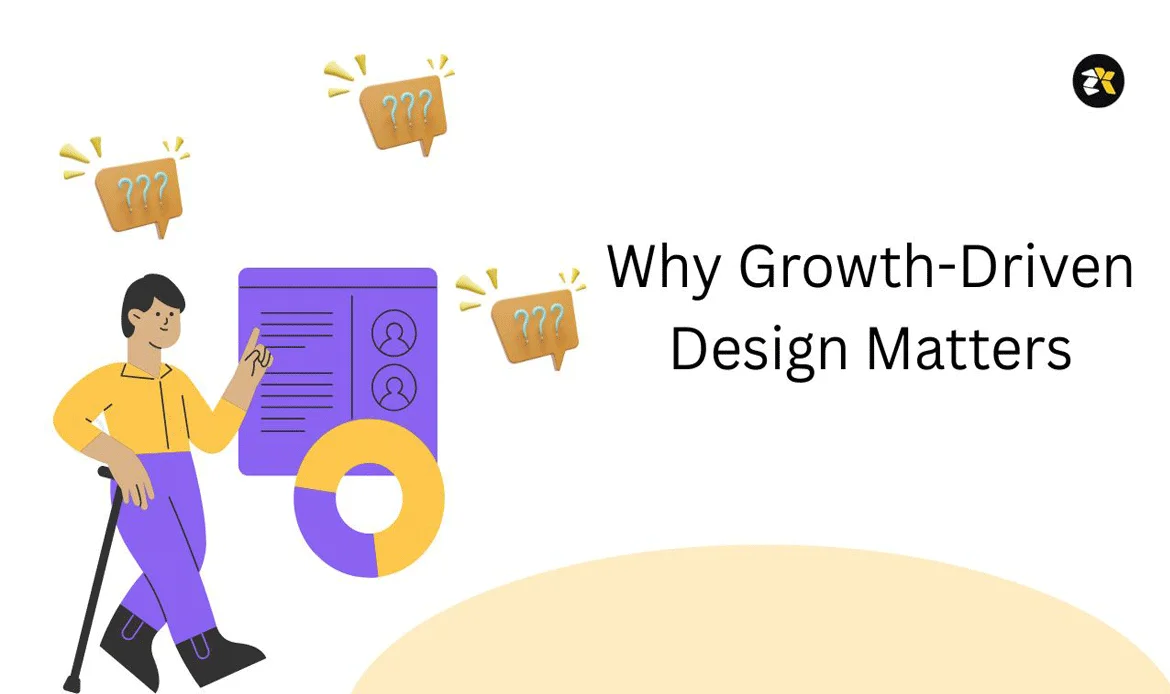
Growth-driven design ensures your website adapts to user behavior, Google’s algorithms, and industry trends. Unlike static designs, it focuses on measurable outcomes such as traffic, engagement, and conversions. By adopting a growth-focused approach, businesses ensure that every design decision supports long-term success, turning websites into powerful tools for attracting, retaining, and converting visitors.
✔ Key Benefits of Growth-Driven Design
The key benefits include improved SEO rankings, faster page load times, better user retention, and higher conversion rates. Growth-driven design also helps businesses adapt quickly to changing user behaviors and market trends.
- Higher search engine visibility through optimized structure
- Improved user experience and engagement
- Better conversion rates and customer trust
2. User Experience as an SEO Ranking Factor

Google now prioritizes websites that deliver seamless user experiences. Page speed, mobile responsiveness, and accessibility play a direct role in rankings. Websites that deliver seamless experiences are rewarded with higher rankings because they keep users engaged and signal relevance to search engines.
✔ UX Elements That Influence SEO
UX elements such as intuitive navigation, structured headings, clear CTAs, readable typography, and fast-loading pages directly influence SEO. Proper internal linking and logical content hierarchy also help search engines crawl and understand your site, improving both rankings and user satisfaction.
- Fast-loading pages for reduced bounce rates
- Mobile-first responsive design
- Clear navigation and site structure
3. How Website Speed Impacts Conversions
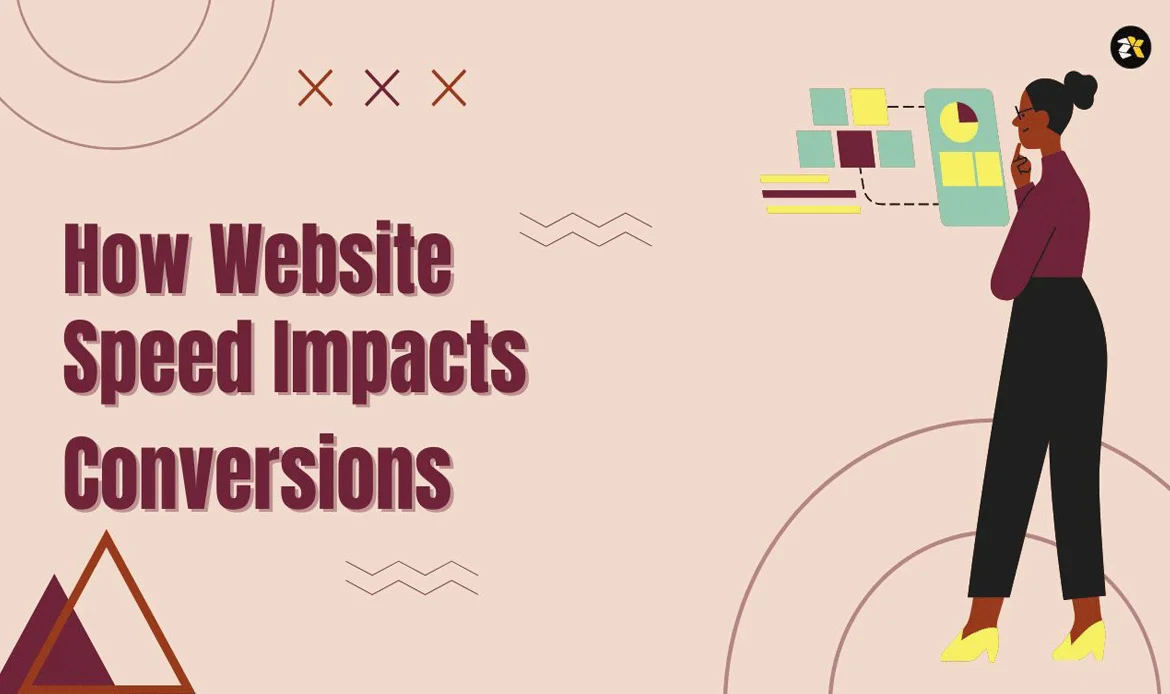
Speed optimization is no longer optional. A delay of even one second can reduce conversions by up to 7%. Faster websites not only improve user satisfaction but also gain higher positions in search results. Fast websites keep users engaged, encourage purchases, and improve overall site performance in search engines.
✔ Best Practices for Speed Optimization
To optimize speed, compress images, minify CSS and JavaScript, leverage browser caching, and use a Content Delivery Network (CDN). Prioritizing above-the-fold content and reducing unnecessary plugins also enhances load times, ensuring a smooth, fast user experience.
- Use a lightweight theme and clean coding
- Leverage browser caching and a CDN
- Optimize images and enable lazy loading
4. Designing for Conversions: Turning Visitors Into Customers
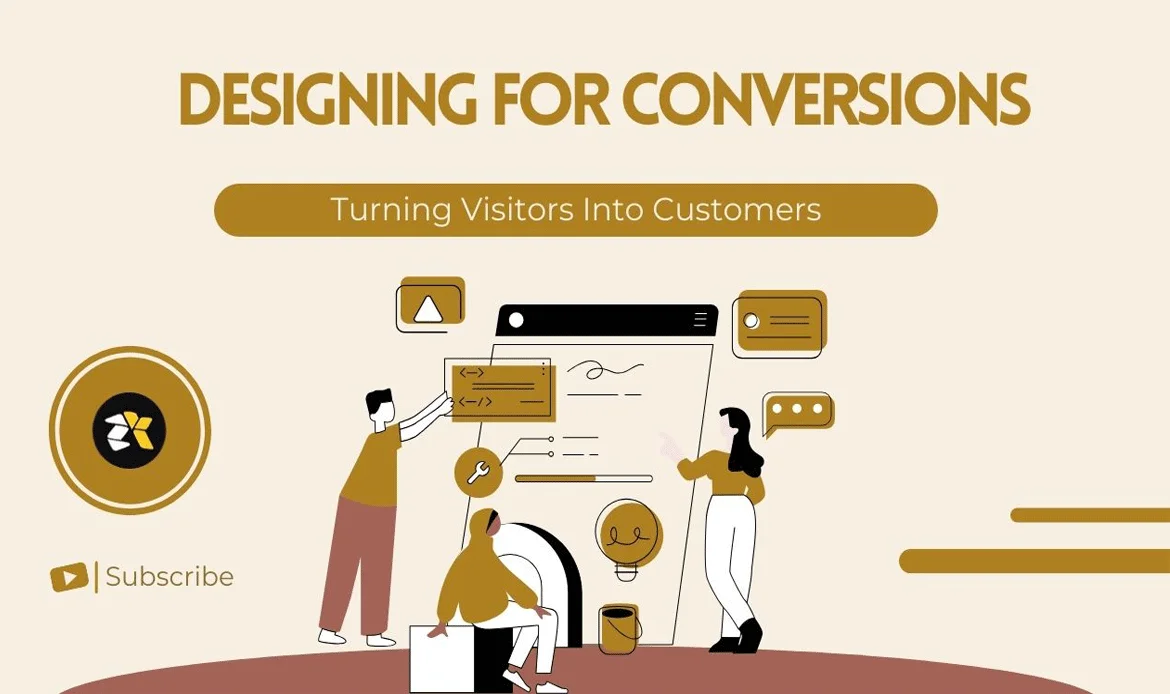
Conversions depend on how effortlessly users can interact with your website. From call-to-action placement to color psychology, design choices shape decisions. By reducing friction and clearly highlighting CTAs, websites can turn casual visitors into paying customers. Every element—from button placement to color choices—affects conversion rates.
✔ Conversion-Boosting Design Tactics for Design for Growth
Tactics include simplifying forms, strategically placing CTAs, using contrasting colors for action buttons, and adding social proof like reviews and testimonials. Visual cues and microcopy that clarify benefits also increase user confidence and drive conversions.
- Strategic placement of CTAs above the fold
- Trust signals like reviews, ratings, and certifications
- Minimalist forms for lead generation
5. Building Customer Trust Through Design
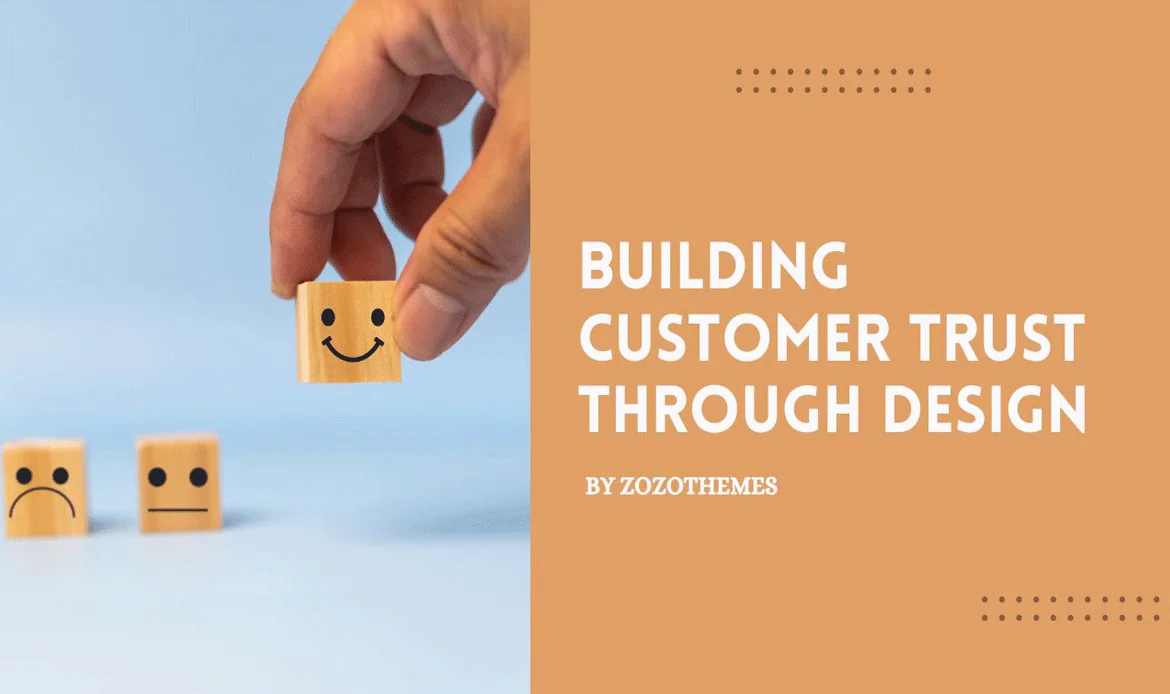
Trust is earned through consistent design, security, and transparency. A trustworthy site design increases repeat visitors and brand loyalty. A website that feels credible encourages repeat visits and fosters long-term customer relationships, ultimately increasing conversions and loyalty.
✔ Elements That Establish Trust for Design for Growth
Establishing trust on your website is critical for converting visitors into loyal customers. Key elements include SSL certificates to ensure secure data transmission, professional and consistent branding that reflects credibility, and visible customer testimonials or reviews that provide social proof. Transparent privacy policies, clear contact information, and terms of service also reassure visitors about the reliability of your business.
- SSL certificates and secure checkout
- Professional branding and visual consistency
- Visible privacy policies and contact details
6. SEO-Friendly HTML, CSS & PHP Practices
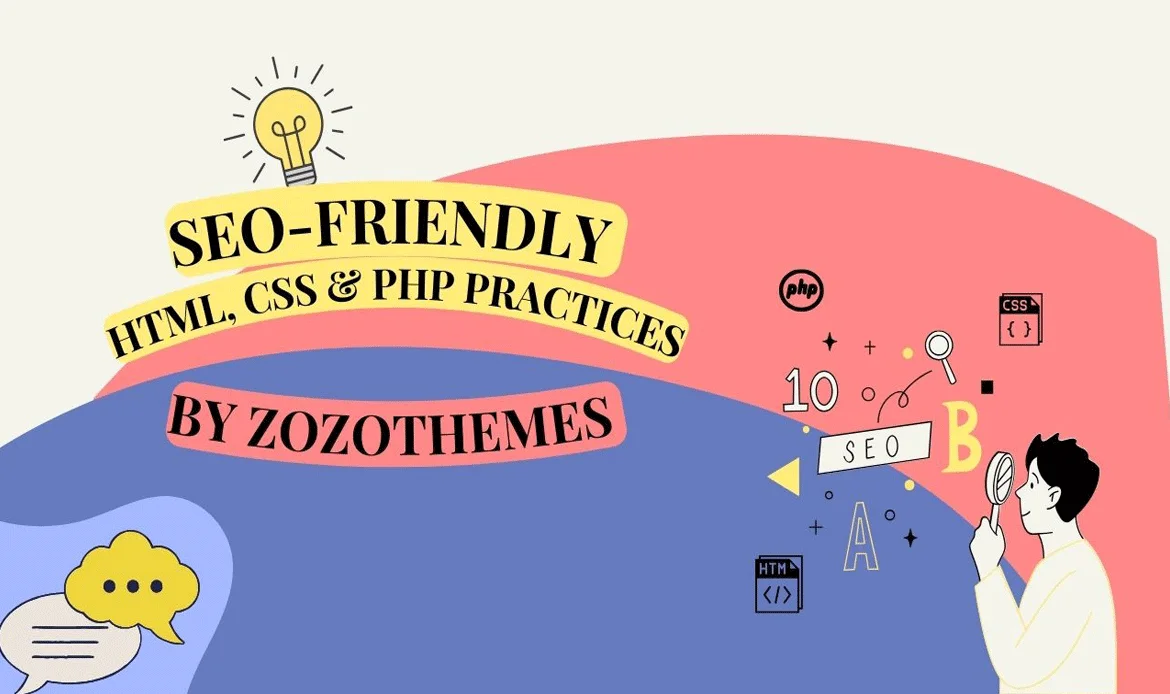
Search engines rely on clean, semantic code to understand your site. Following best practices in HTML, CSS, and PHP improves crawlability and rankings. Clean, semantic code improves crawlability and indexing. Proper use of heading tags, meta tags, alt text, and schema markup helps search engines understand your content. Optimized CSS and PHP ensure fast rendering and maintain compatibility across browsers and devices.
✔ Technical SEO Tips for Design for Growth
Technical SEO ensures that search engines can efficiently crawl, index, and understand your website, which directly impacts rankings and visibility. Key practices include using semantic HTML to structure content clearly, optimizing title tags, meta descriptions, and header tags for relevance, and implementing schema markup to enhance rich results.
- Use semantic HTML tags for structure
- Minify CSS, JavaScript, and PHP files
- Implement schema markup for rich snippets
7. Responsive Web Design & Mobile Optimization
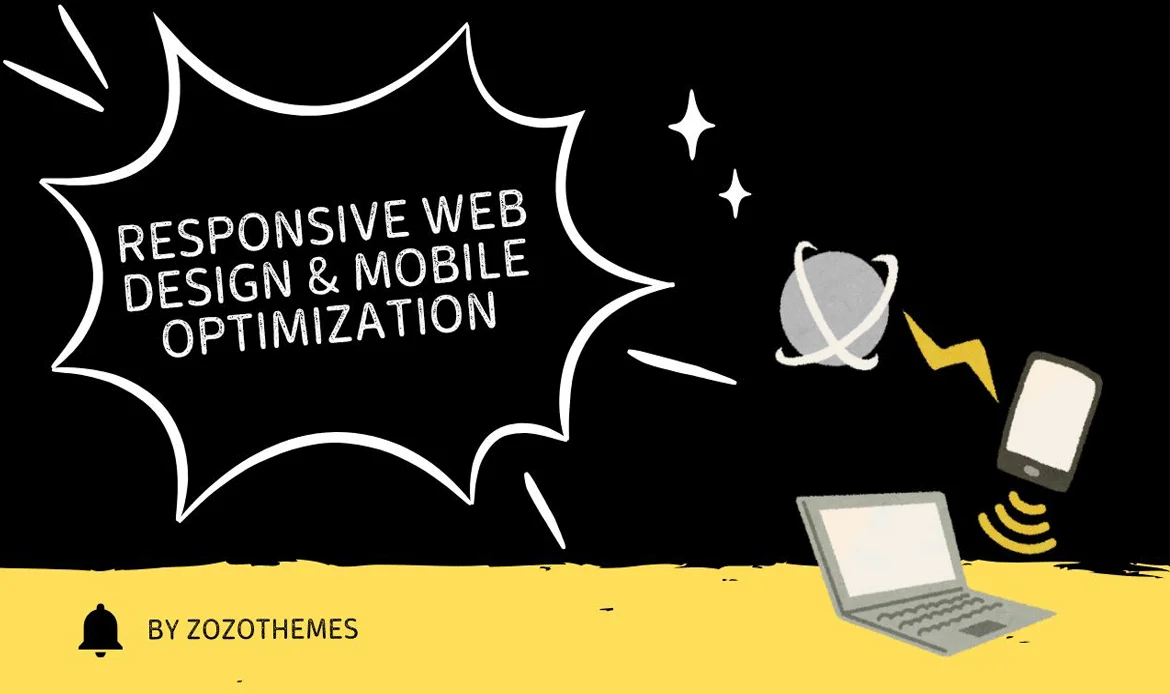
With over 60% of web traffic coming from mobile, responsive design is a must. Mobile-first indexing means Google evaluates your site’s mobile performance first. Mobile optimization is essential since most users access websites via smartphones, and Google uses mobile-first indexing to rank sites.
✔ Mobile-Friendly Design Features for Design for Growth
Features include touch-friendly navigation, scalable images, fluid layouts, and readable typography. Mobile-friendly sites not only enhance UX but also improve SEO rankings, reduce bounce rates, and increase the likelihood of conversions.
- Fluid grids and flexible images
- Touch-friendly navigation and buttons
- Accelerated Mobile Pages (AMP) for speed
8. Web Design Trends Driving SEO in 2025
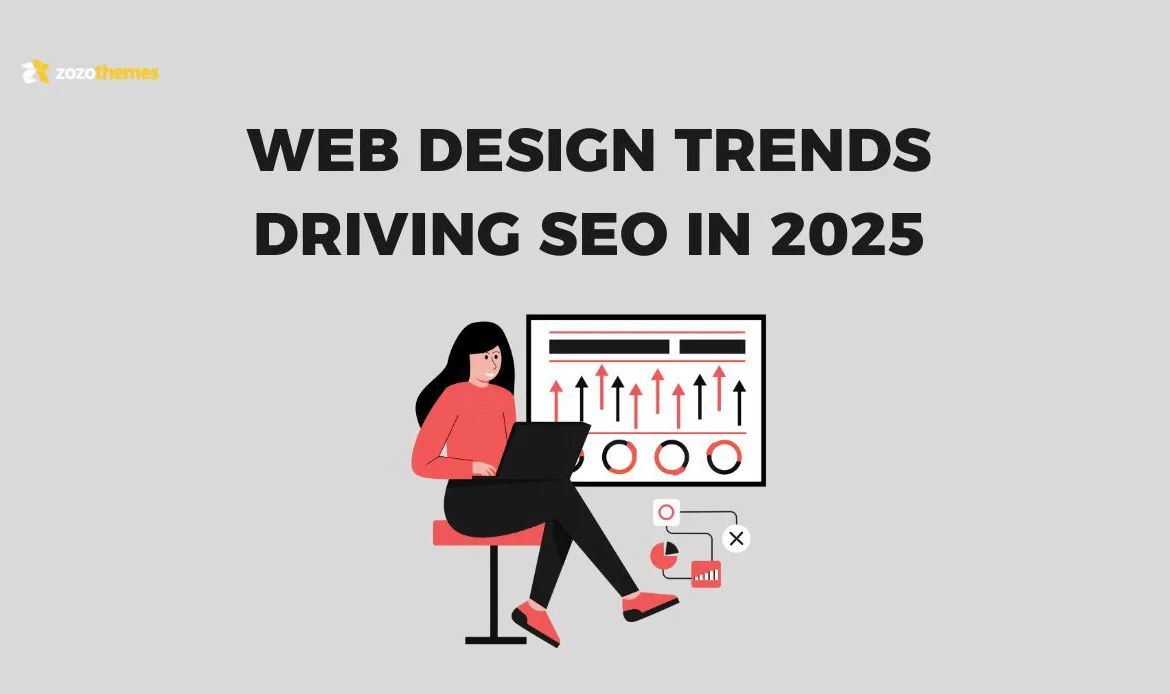
Modern design trends like AI-powered personalization, interactive content, accessibility-first layouts, and dark mode not only enhance user experience but also contribute to SEO. Keeping up with these trends ensures your website remains relevant and competitive. Staying ahead of trends ensures your site remains relevant and competitive. Current design trends are shaping how search engines interpret and rank websites.
✔ Top Trends to Watch for Effective Design for Growth
Key trends include micro-interactions, voice search optimization, accelerated mobile pages (AMP), video content integration, and immersive user experiences. Adopting these trends early can improve engagement and help your site outperform competitors.
- AI-driven personalization (without over-automation)
- Dark mode and accessibility-first design
- Interactive content like quizzes and calculators
9. Beating the Competition: What Sets You Apart
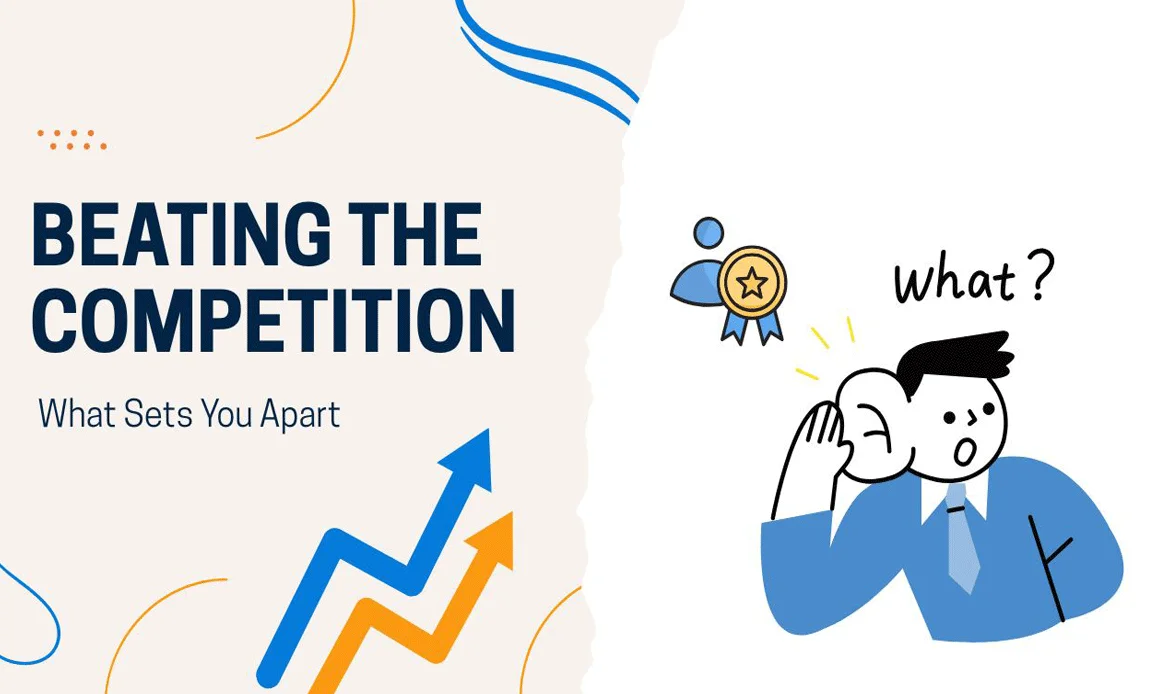
To stand out, focus on unique content, superior UX, and faster performance. Identify gaps in competitors’ sites and provide better solutions. Differentiating your brand with a growth-driven approach ensures higher rankings, increased traffic, and stronger customer loyalty. To outperform them, your content must go deeper with unique insights, actionable strategies, and SEO-rich formatting that answers search intent more effectively.
✔ Strategies to Outrank Competitors
Strategies include targeting long-tail keywords, optimizing technical SEO, creating in-depth content, and continuously testing UX improvements. Combining analytics-driven insights with growth-focused design ensures your website.
- Provide in-depth case studies and examples
- Use long-tail keywords competitors ignore
- Offer downloadable resources or checklists
Top Questions on Boosting SEO, Conversions & Customer Trust
What is “Design for Growth” and why is it important?
Design for Growth is a strategy that focuses on creating user-friendly, SEO-optimized websites that drive higher conversions and build customer trust. By combining clean design, fast performance, and intuitive navigation, businesses can improve search rankings, retain visitors, and convert them into loyal customers.
How does website design impact SEO and conversions?
Website design affects SEO through page speed, mobile responsiveness, semantic HTML, and structured navigation—all factors search engines use for ranking. At the same time, a well-designed user experience guides visitors toward completing actions, such as purchases or sign-ups, directly increasing conversion rates.
What are the key elements of a growth-driven website?
A growth-driven website includes:
- Fast loading times and optimized performance.
- Responsive, mobile-first design.
- Clear call-to-actions (CTAs) and user-focused layouts.
- Trust signals like SSL, testimonials, and professional branding.
- SEO best practices including clean code, headings, and structured data.
Conclusion
In conclusion, design for growth is about more than aesthetics—it’s about combining SEO optimization, conversion-focused layouts, and trust-building elements to create a website that delivers measurable business results. By focusing on speed, mobile responsiveness, clear navigation, and engaging content, your site can rank higher in search engines, convert more visitors, and foster long-term customer trust. Start implementing these strategies today to turn your website into a true growth engine.
Start Your Growth Journey Today!
Unlock your brand’s full potential with our premium WordPress themes — designed to accelerate growth, boost visibility, and captivate your audience. Whether you’re launching a business website, a creative portfolio, or an online store, our SEO-optimized, mobile-responsive, and lightning-fast themes empower you to stand out effortlessly.

